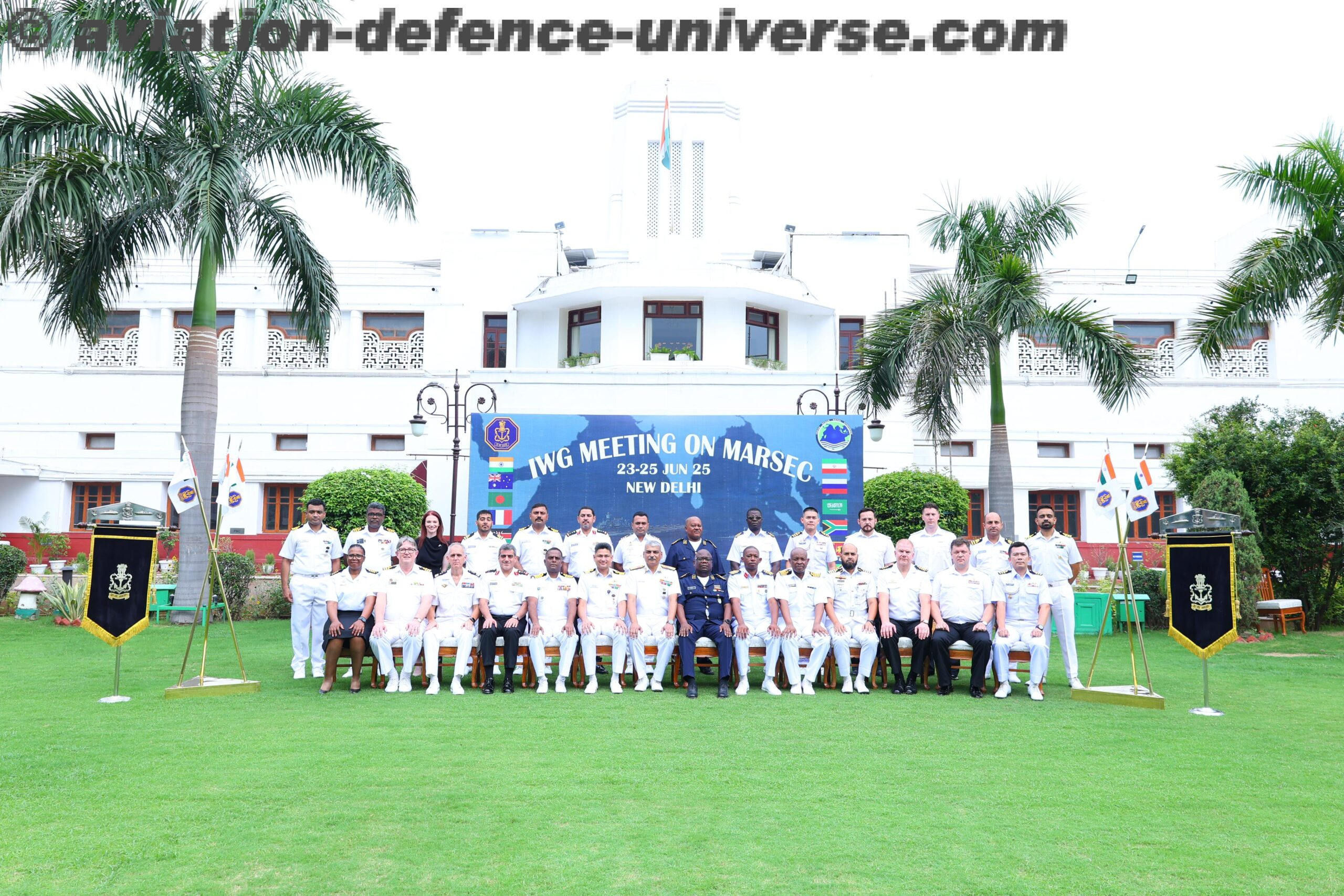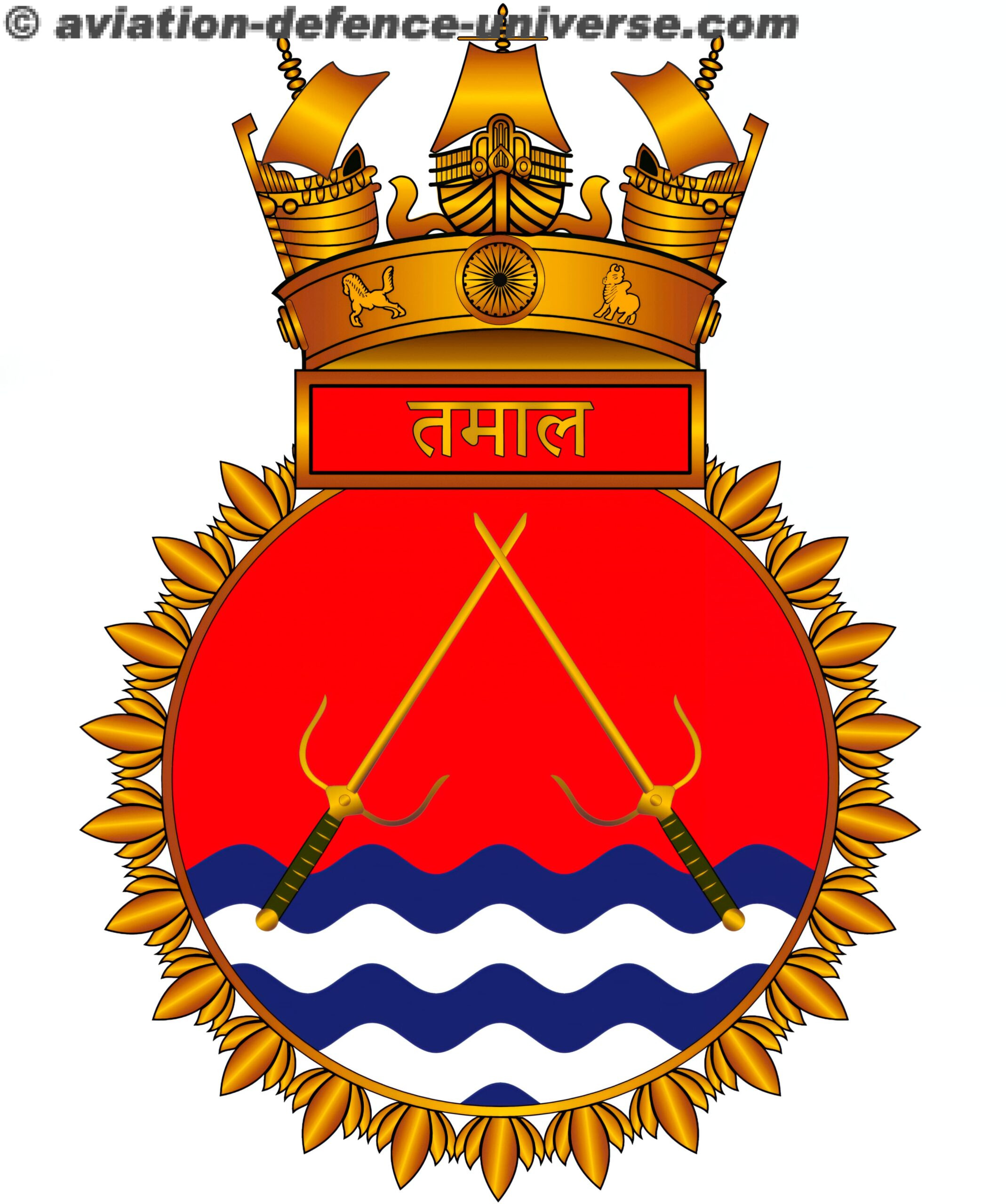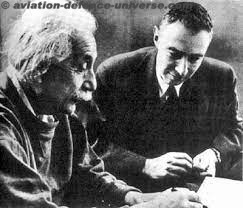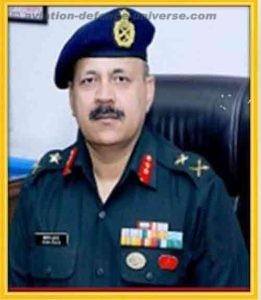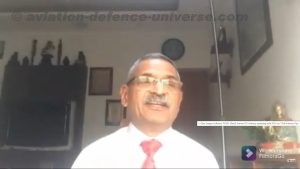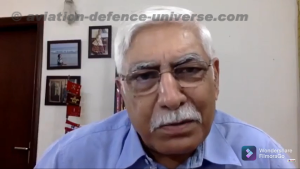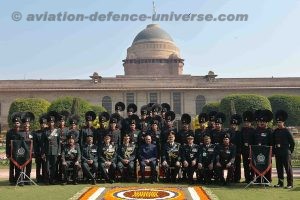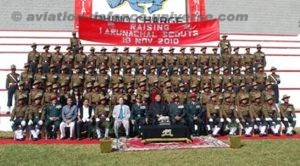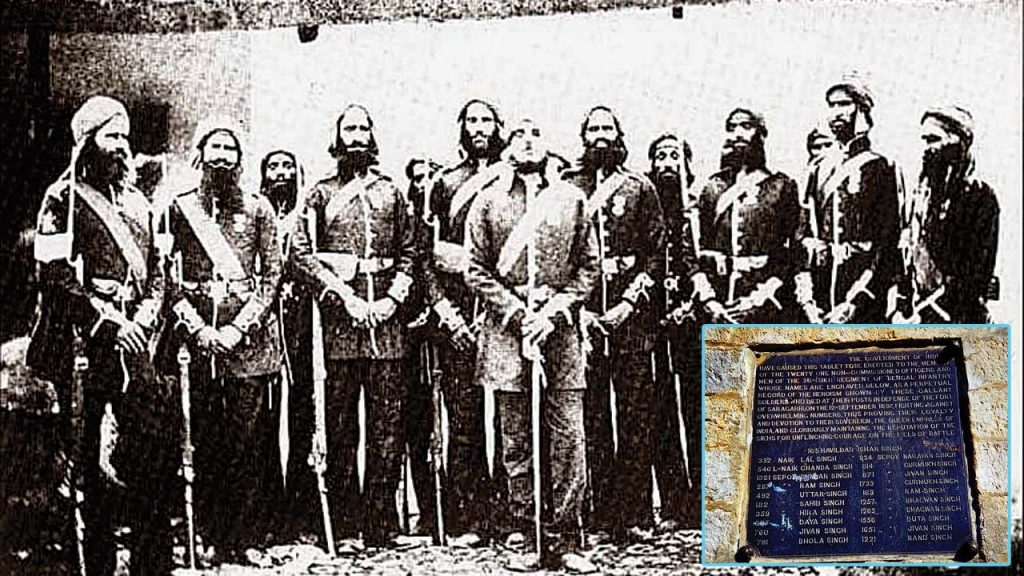
- Last Man Stand Battle is the pride of both Indian & British Armies
New Delhi. 12 September 2022. Very few battles have the honour of being remembered by nations and not a nation. Battle of Saragarhi is one such battle. Both the Indian Army and the British Army continue to commemorate the Battle of Saragarhi on 12 September each year. Indian Army’s Sikh Regiment celebrates it as the Regimental Battle Honours Day and the British Army remembers it as the finest example of self-sacrifice displayed by the 21 non-commissioned officers and men of the Saragarhi outpost who gave their lives on 12th September 1897.
Saragarhi was a small village in the border district of Kohat, situated on the Samana Range, in present-day Pakistan. On 20 April 1894, the 36th Sikhs of the British Indian Army was created under the command of Colonel J. Cook, entirely composed of Jat Sikhs. In August 1897, five companies of the 36th Sikh under Lieutenant Colonel John Haughton were sent to the northwest frontier of British India (modern-day Khyber Pakhtunkhwa) and were stationed at Samana Hills, Kurag, Sangar, Sahtop Dhar, and Saragarhi.
The British had partially succeeded in getting control of this volatile area, but tribal Pashtuns continued to attack British personnel from time to time. Thus, a series of forts, originally built by Ranjit Singh, the ruler of the Sikh Empire, were consolidated. Two of the forts were Fort Lockhart (on the Samana Range of the Hindu Kush mountains), and Fort Gulistan (Sulaiman Range), situated a few miles apart. Fort Lockhart is located at 33.5562°N 70.9188°E. Due to the forts not being visible to each other, Saragarhi was created midway, as a heliographic communication post. The Saragarhi post, situated on a rocky ridge, consisted of a small block house with loop-holed ramparts and a signalling tower.
A general uprising by the Afghans began there in 1897 and, between 27 August and 11 September, many vigorous efforts by Pashtuns to capture the forts were thwarted by the 36th Sikh. In 1897, insurgent and inimical activities had increased, and on 3 and 9 September Afridi tribesmen, allied with the Afghans, attacked Fort Gulistan. Both the attacks were repulsed, and a relief column from Fort Lockhart, on its return trip, reinforced the signalling detachment positioned at Saragarhi, increasing its strength to three non-commissioned officers (NCOs) and eighteen other ranks (ORs).
Details of the Battle of Saragarhi are considered fairly accurate because Sepoy Gurmukh Singh signalled events to Fort Lockhart by heliograph as they occurred. Around 09:00, approximately 6,000–10,000 Afghans reached the signalling post at Saragarhi. Sepoy Gurmukh Singh signalled to Colonel Haughton at Fort Lockhart, that they were under attack. The soldiers in Saragarhi decided to fight to the last to prevent the enemy from reaching the forts.
Sepoy Bhagwan Singh was the first soldier to be killed and Naik Lal Singh was seriously wounded. Naik Lal Singh and Sepoy Jiwa Singh reportedly carried the body of Bhagwan Singh back to the inner layer of the post. The Afghans broke a portion of the wall of the picket and one of the fiercest hand-to-hand fighting occured.
In an act of outstanding bravery, Havildar Ishar Singh orders his men to fall back into the inner layer, whilst he remained to fight. However, this is breached and all but one of the defending soldiers are killed, along with many of the Pashtuns.
Sepoy Gurmukh Singh, who communicated the battle to Haughton, was the last surviving defender. He is stated to have killed 40 Afghans, the Pashtuns having to set fire to the post to kill him. As he was dying, he is said to have yelled repeatedly the Sikh battle cry “Bole So Nihal, Sat Sri Akal!” (“One will be blessed eternally, who says that God is the ultimate truth!”).
Having destroyed Saragarhi, the Afghans turned their attention to Fort Gulistan, but they had been delayed too long, and reinforcements arrived there in the night of 13–14 September, before the fort could be captured. The Pashtuns later admitted that they had lost about 600 killed and many more wounded during the engagement against the 21 Sikh soldiers, but some 1400 bodies are said to have been seen around the ruined post when the relief party arrived.
The names of the 21 Sikh soldiers were:
Havildar Ishar Singh (regimental number 165)
Naik Lal Singh (332)
Lance Naik Chanda Singh (546)
Sepoy Sundar Singh (1321)
Sepoy Ram Singh (287)
Sepoy Uttar Singh (492)
Sepoy Sahib Singh (182)
Sepoy Hira Singh (359)
Sepoy Daya Singh (687)
Sepoy Jivan Singh (760)
Sepoy Bhola Singh (791)
Sepoy Narayan Singh (834)
Sepoy Gurmukh Singh (814)
Sepoy Jivan Singh (871)
Sepoy Gurmukh Singh (1733)
Sepoy Ram Singh (163)
Sepoy Bhagwan Singh (1257)
Sepoy Bhagwan Singh (1265)
Sepoy Buta Singh (1556)
Sepoy Jivan Singh (1651)
Sepoy Nand Singh (1221)
The Government of India has erected a tablet in the memory of the twenty one non-commissioned officers and men of the 36 Sikh Regiment of the Bengal Infantry who died at their posts in the defense of the fort of Saragarhi, on the 12 September 1897, fighting against overwhelming numbers, thus proving their loyalty and devotion to their sovereign The Queen Empress of India and gloriously maintaining the reputation of the Sikhs for unflinching courage on the field of battle.
The 21 Sikh non-commissioned officers and soldiers who died in the Battle of Saragarhi were from the Majha region of Punjab and were posthumously awarded the Indian Order of Merit, at that time the highest gallantry award which an Indian soldier could receive. The corresponding gallantry award was the Victoria Cross. The award is equivalent to today’s Param Vir Chakra awarded by the President of India.



































